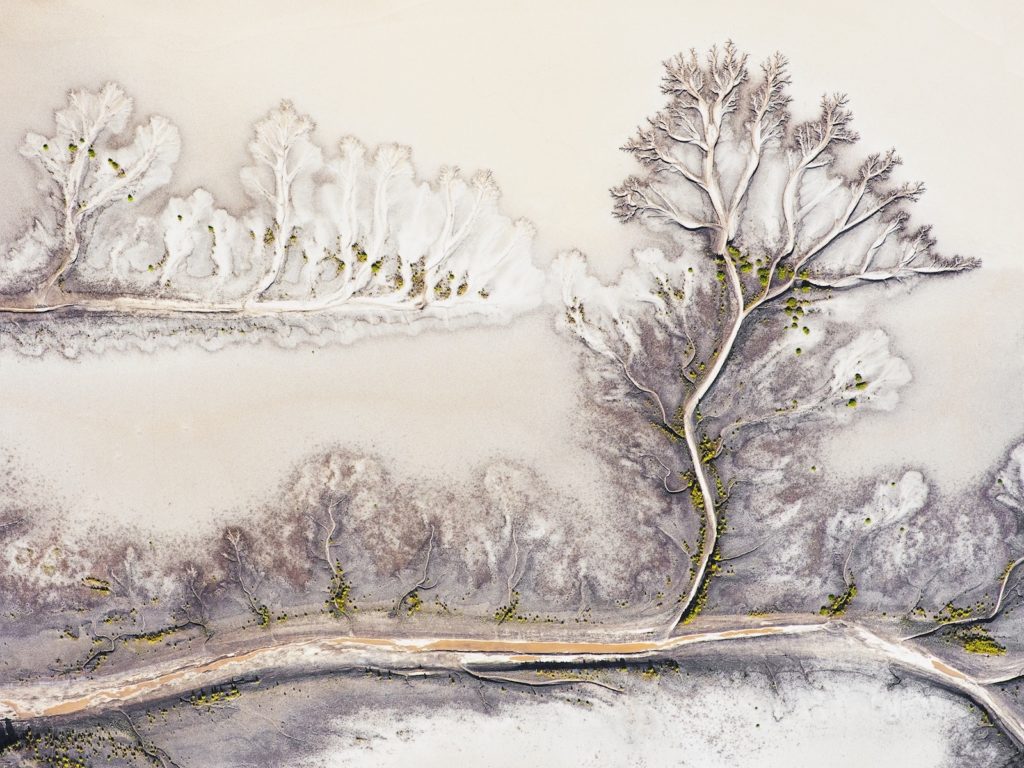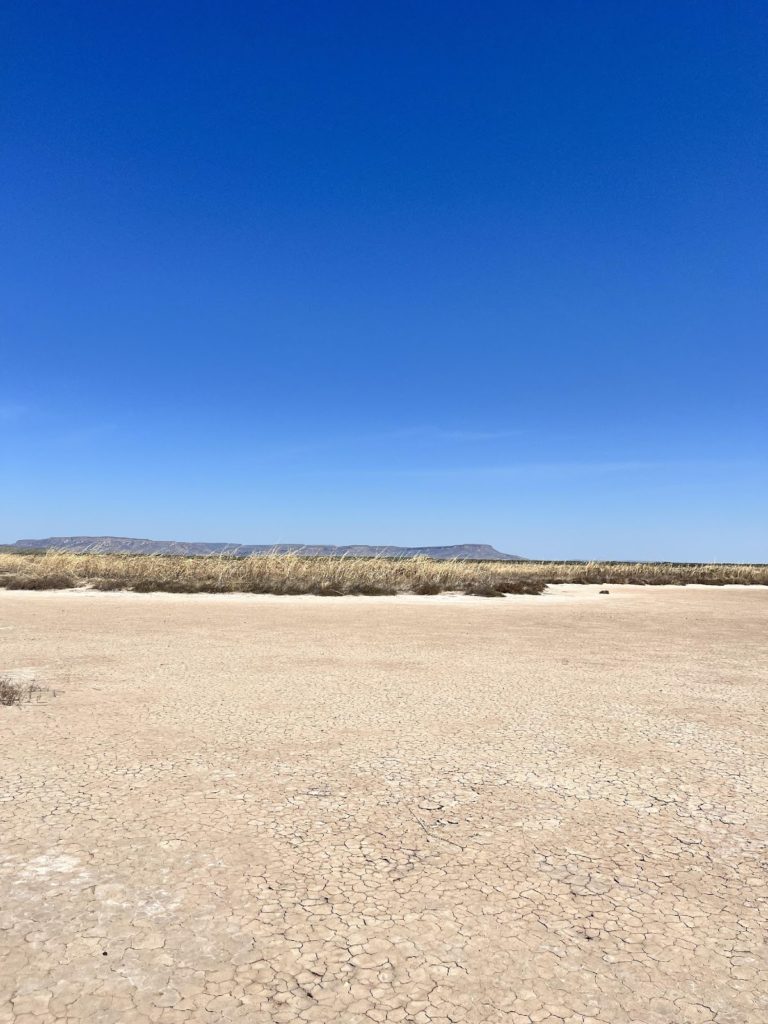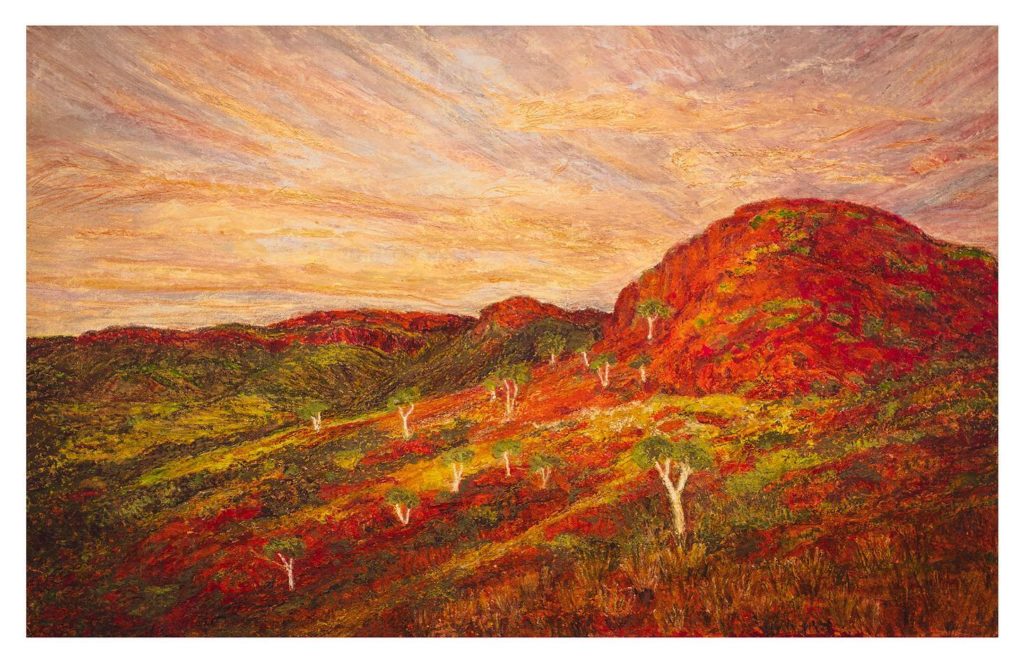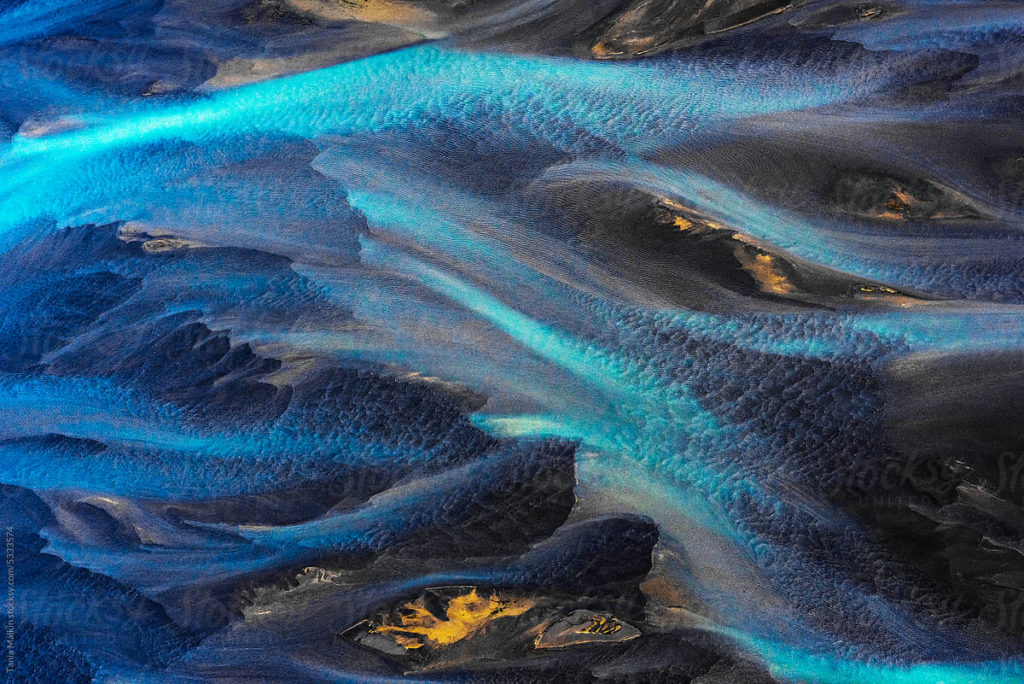
Aussie Indie Artists is a series of interviews with lesser known Aussie creators across all forms and fields. The goal is to share exciting new works, find new angles towards the art, and peek behind the scenes.
You could easily mistake the brilliant swirling colours, and twisting alien shapes of Tania Malkin’s photos for abstract paintings or otherworldly landscapes. Their texture and oddity certainly have the same transcendent effect as a De Kooning or even a Beksiński. But none of Tania’s works are unnatural, they’re taken from far overhead undulating sand dunes and crystal rivers.
Tania has won a barrage of awards from the Australian Institute of Professional Photography, took the Australian Photography Award for Best Aerial in 2019, and has even had her work acquired by Shanghai’s China Art Museum. This year, she was awarded Fujifilm’s GFX Challenge Grant, and will have her final project exhibited at the Fujifilm gallery in Tokyo.
I talked with Tania about her painterly photography, the outback, and her inspirations.
You’re best known for your aerial shots, but before that you did more traditional landscape shots, what attracted you to aerials?
I have always been a “Landscaper”, ever since I was a young kid, I originally started collecting travel postcards while on family holidays and eventually my mum gave me her old camera to use. I used to take hundreds of photos on her old Agfa 35mm. When I studied art, I used to use my photos as reference for paintings. I stopped painting because I enjoyed photographing more, but have taken it up again in the last 4 / 5 years. I find it more enjoyable than reading a book… I started taking aerials after a job I had required me to fly most days of the week. Looking out the jet windows (I love window seats) for hours, I knew I had to get to some of these incredible places I was flying over to photograph. Slowly photographing landscapes from the ground turned into only taking landscapes from the ground when I was on my way somewhere to take a flight.

What does an average Tania Malkin photoshoot consist of, a helicopter ride?
Usually months of planning, at least a few hundred kilometres drive, a good helicopter company and pilot. I take two cameras and two lenses (incase there is an equipment fail) but only use one camera when I fly. I have GPS locations of points I definitely want to photograph, I try not to get sidetracked on my way to a location unless there is something incredible happening. I also like to allow up to 1.5 hours shoot time and try to keep the fly time to the site around 40 minutes. Charter costs these days for a helicopter are anywhere between $1000 per hour to $1600 Per hour. I usually fly for around 3 hours total and usually at heights somewhere between 1500 – 4000 feet…
I don’t do much post production work other than a few curve adjustments and a clean up if it needs it. I try to get the light I want when I’m shooting, So that usually means that there are only one or two days a year (when I’m photographing the coastal scenes) where the tide is perfect at the perfect time of the day. Sometimes the perfect time isn’t always the golden hours, it can vary depending on what I’m photographing.
Do you do a lot of scouting, and can you imagine the photos from the ground?
I spend so much time scouting and planning, almost all of it is done using a GIS program (for Satellite imagery), Tide Charts and Solar APPS. It’s almost impossible to imagine from the ground for aerial work. This is a really bad iPhone photo of what an area I photograph from the air looks like from the ground.
When I photograph from the ground, I obsessively scout. I keep going back time and time again until I get perfect light (or what I think is perfect). For some vistas perfect light is first or last light, some golden hour, some I like the dappled light from clouds. Sometimes that might mean doing 5 x 300km trips, but it’s worth it when the vista and the light are in sync and create magic.
I have hundreds of GPS’d ground vistas I want to or have tried to photograph but haven’t had my perfect light yet.
You’re a wonderful illustrator too, do you have any favourite painters?
THANK YOU!! I am an Art junkie and enjoy so many artists though I am a sucker for the impressionists, I love their use of light and colour and of course love all the masters, Degas, Monet, Renoir, Cassatt etc… I also love the Australian impressionists / the Heildleberg school. I guess because the light, colour palette and scenes are so familiar and resonate with me artists like Streeton, Roberts, McCubbin, Nametjera. But I also love modern artists like Charles Blackman, Reg Mombassa, John Olsen, Bromley, Shona Underwood (I could name so many).

What about favourite photographers?
There are so many great photographers. Of course Ansel Adams, Richard Waldendorp – RIP (a great Australian Aerial Photographer), Christian Fletcher and Jackie Rankin just to name a handful.
And can we hear anything about your upcoming Fujifilm project?
The project is called “Ebb and Flow” it describes the relationship between water and the earth and the life it supports, the journey it takes and the marks it leaves, from the air. The final images have been given to Fuji, I am super excited about all of them, it was so difficult to select the final images. It was fantastic to be using the GFX100s medium format camera and the entire project was shot with the 110mm lens, which was a beautiful combination (87mm for full frame 35mm cameras).

Thanks very much for your time and insight. And I’m excited to see your final project!
You can see a behind-the-scenes video of Tania’s Fujifilm project here, and find more of her work on Instagram or her One Eyeland profile. You can also licence her work on Stocksy.
